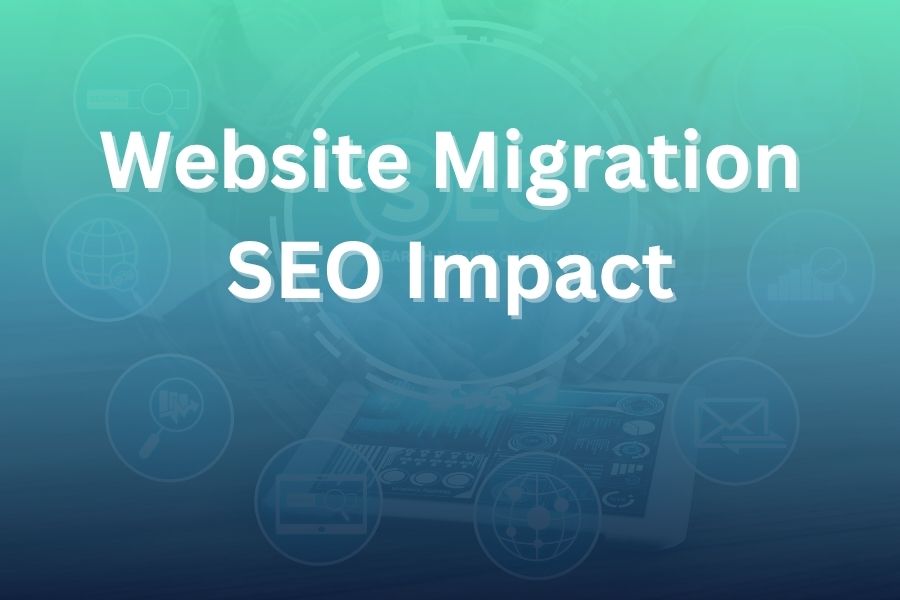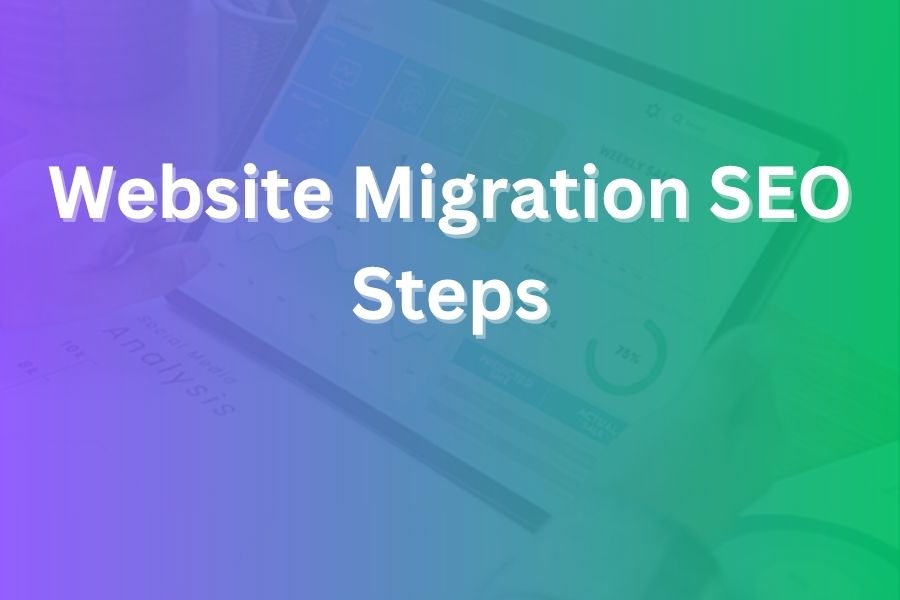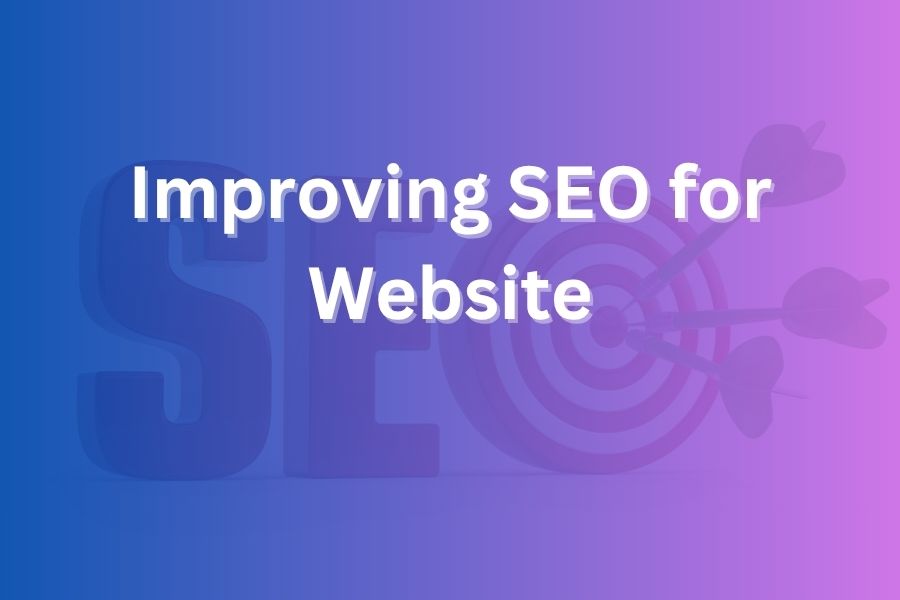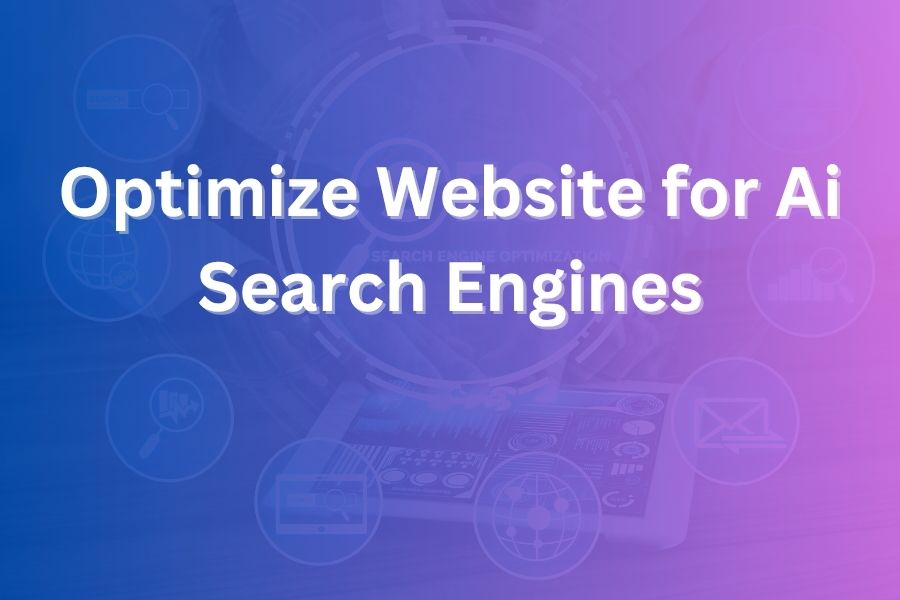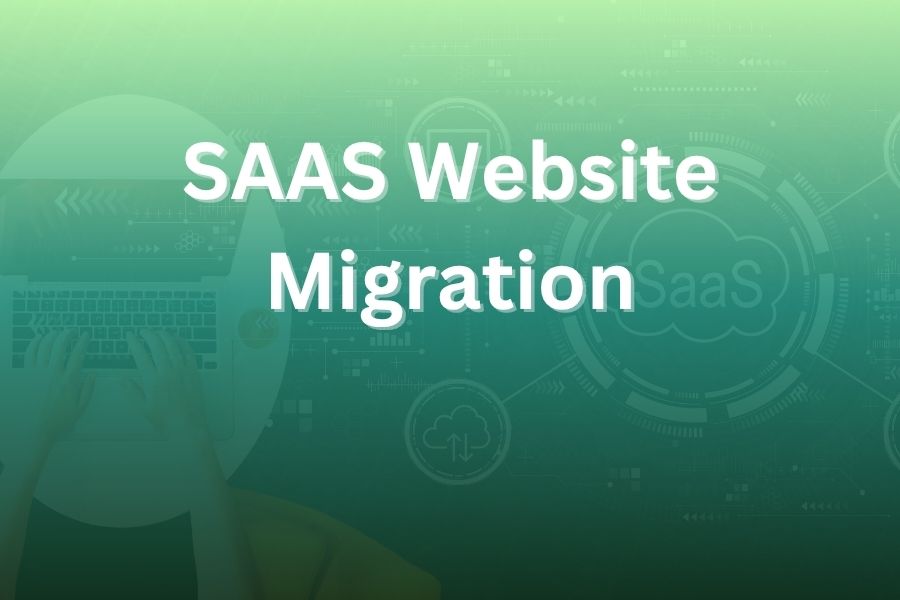
Moving your business to a SaaS website model isn’t just an upgrade—it’s a transformational step that positions you for speed, scalability, and smarter growth. When done right, it shifts you from one-time-install software toward a continuously evolving, subscription-driven experience.
In this article you will learn what SaaS website migration really means, why it matters now, the major phases you’ll walk through, how to avoid the most common pitfalls, and how to execute a migration that enhances performance, user experience, and long-term profitability.
Why You Should Migrate to a SaaS Website Model
When you migrate to a SaaS website model, you unlock a range of strategic advantages. First, you move from large upfront costs and heavy infrastructure to ongoing, manageable subscription revenue and operational flexibility. You gain faster updates, continuous delivery, global availability, and the ability to serve more users without manually scaling hardware.
Companies report benefits like reduced total cost of ownership and improved agility. For example, a recent analysis shows the SaaS market is expected to grow from $243 billion in 2024 to over $253 billion in 2025, reflecting a 4.3% CAGR.
In addition, you raise your service level and customer expectations: immediate access, always-on availability, and seamless updates become your baseline. A SaaS website migration places you in a strong position to compete in today’s digital-first landscape.
Defining SaaS Website Migration
SaaS website migration refers to the process of moving an existing web application or website platform into a Software-as-a-Service delivery model—or converting your website architecture to support SaaS principles such as multi-tenant hosting, subscription billing, and continuous deployment.
Your legacy website may run on a single server, require heavy manual updates, or treat each customer separately. By migrating, you’re shifting to an environment where multiple customers share architecture with isolated data, features are rolled out centrally, and billing is recurring.
It’s not just a technical swap—it’s a business model shift. Success requires aligning architecture, data, operations, and customer experience with the SaaS mindset.
Key Benefits You’ll Gain
- Scalable performance: You scale up or down as user load shifts without major re-engineering.
- Recurring revenue: Subscription billing replaces one-time sales, improving cash flow and forecasting.
- Faster time-to-market: Deploy features and fixes continuously rather than on long release cycles.
- Lower maintenance burden: Infrastructure is managed via platform or cloud services, freeing your team.
- Improved customer experience: Availability, access, and updates become seamless for end-users.
These benefits combine to give you a competitive edge—if you plan and execute the migration carefully.
The 5-Phase SaaS Migration Roadmap
1. Discovery & Business Case
Start by defining the “why”: why are you migrating? What will the SaaS website model enable you to do that your current setup cannot? Establish measurable goals (e.g., reduce latency by 30%, increase subscriber base by 20% in 12 months).
Perform a gap analysis: what your site currently delivers vs. what your future SaaS version must deliver (e.g., multi-regional access, tiered plans, self-service onboarding).
2. Architectural Planning
Analyze your current tech stack. Determine whether you’ll adopt single-tenant or multi-tenant models, or migrate incrementally. You’ll need to modernize architecture to support cloud-native components (microservices, containerization, API-first design). Data- and security-models must be adapted: isolation of customer data, encryption, backup, regulatory compliance.
3. Data & Integration Preparation
Map out your data sources, customer accounts, historical orders, user settings, etc. Cleanse and transform data to fit the new schema. Develop integration plans for third-party systems (payment gateways, analytics, identity providers). Set up staging servers and test regions to validate data flows and system interactions.
4. Migration Execution & Testing
Begin the cut-over process. This often involves pilot migrations with a subset of users/customers. Validate performance, data integrity, functionality, UX.
Monitor key metrics: error rates, page load times, transactional success, user drop-off. Provide training or onboarding materials for existing customers and support teams. Set clear timelines and rollback plans in case unexpected issues arise.
5. Post-Migration Optimization & Monitoring
Once live, monitor the new SaaS website continuously. Observe usage patterns, performance metrics, customer satisfaction, churn, feature adoption and billing health.
Refine the experience based on real-user feedback. Maintain your automated deployment pipelines to improve speed and reliability of future releases.
Common Migration Models and Their Fit
- Siloed (Single-Tenant) Model: Each customer has dedicated resources/instance. Easier migration but lacks scaling efficiency.
- Layered Model: Migrate in phases—first data, then services, etc. Lower risk approach for large legacy systems.
- Data-Only Model: Only data is migrated to SaaS while applications remain largely unchanged. Can limit the full benefit of SaaS.
- Service-By-Service (Full Modernization): Each component is rebuilt for SaaS, fully optimized architecture. Best long-term but highest complexity and cost.
Selecting the right model depends on your timeline, budget, legacy complexity, and business goals.
Major Risks and How to Mitigate Them
Customer churn: If the migration disrupts service or confuses customers, you risk losing users. Mitigate by communicating early, segmenting customers, offering incentives, and providing robust support.
Data loss or corruption: Moving legacy data is often the riskiest step. Mitigate by backing up thoroughly, validating data post-load, logging errors, and offering rollback options.
Security and compliance: You may be moving from a known environment to one with new vulnerabilities (cloud misconfigurations, inadequate isolation, etc.). Mitigate by encrypting data at rest and in transit, enforcing multi-factor authentication, auditing permissions, and ensuring your provider meets regulatory standards.
Infrastructure and performance issues: A poorly planned migration can degrade performance or create outages. Mitigate by using staging environments, load-testing, ramping traffic gradually and monitoring key performance indicators in real time.
Checklist for a Smooth SaaS Website Migration
- Define measurable migration goals (customer adoption, performance improvement, cost reduction).
- Inventory all website components: front-end, back-end services, databases, integrations, external APIs.
- Choose your migration model (single-tenant, layered, full modernization) and plan timelines.
- Cleanse and map data before migrating—duplicate, obsolete or inconsistent records must be resolved.
- Build staging and test environments replicating production.
- Communicate with users/customers: what’s changing, when, and how it benefits them.
- Provide training materials or onboarding for new features or access patterns.
- Monitor metrics pre- and post-migration: load times, error rates, subscriptions, churn, user activity.
- Maintain rollback plan or ability to revert if unexpected failures occur.
- Continue optimisation after migration: user feedback, feature adoption, further performance tuning.
Stats to Consider Before You Start
According to recent industry analysis, more than 50% of enterprises describe data migration to SaaS as the most complex and risk-laden part of the transition. Another report found that companies which perform migration in an incremental, layered manner reduce project risk by up to 30%.
Meanwhile, firms that adopt cloud-native, multi-tenant architecture often achieve 2–4× faster time-to-market for new features compared to legacy re-hosts. These data points underline one clear truth: migrating to a SaaS website model is not just optional—it’s essential for staying competitive.
Final Thoughts: Your Road Ahead
You’re running a website with ambitions. Migrating to a SaaS model offers you the architecture, agility and business model you need for growth. But success depends on strategy, discipline and execution. Treat it as more than a technical project: it’s a business transformation.
By following the roadmap above—defining clear goals, preparing your architecture, handling data meticulously, executing with precision, and optimising post-launch—you’ll position your website to delight users, scale effortlessly and deliver recurring revenue. You’re not merely moving; you’re elevating. Take the leap. Your SaaS-future awaits.

